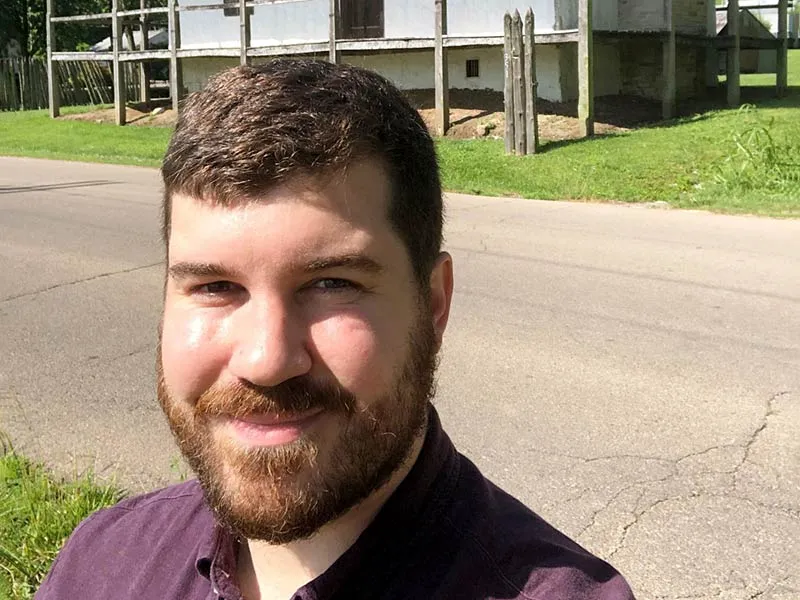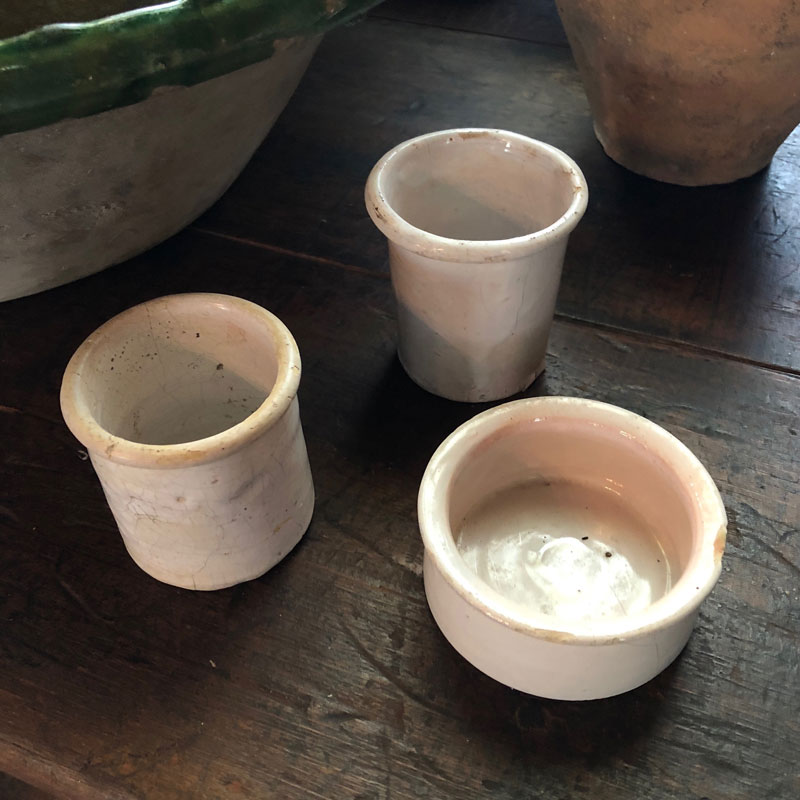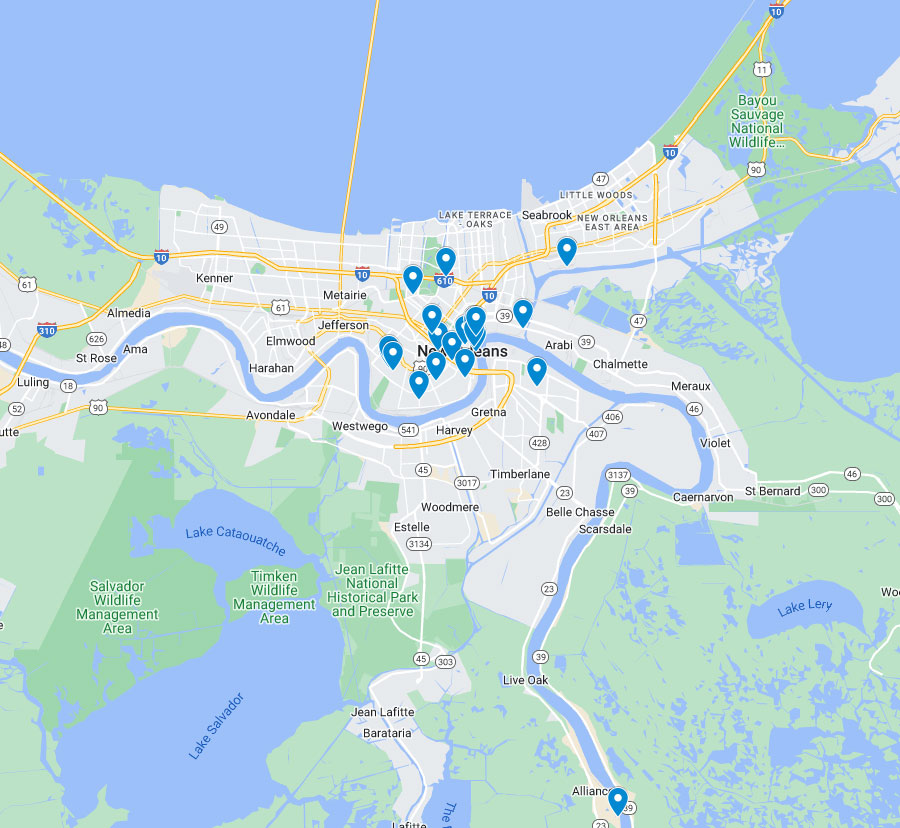
Biography
A graduate of the College of William and Mary and the Winterthur program in American Material Culture, Philippe is a doctoral candidate in History of Art at Yale University. At Yale, his research has focused on the material and visual cultures of early modern Europe and the colonial Americas. In 2016, he helped co-found the Yale French North American Studies Working Group. He has served as a contributing editor at The Junto, a group blog of junior early Americanist scholars, since 2018, and taught courses and field studies for the National Institute of American History and Democracy and Historic Deerfield. Deeply committed to the museum field and public engagement with the humanities, Philippe has held various positions at institutions including the Colonial Williamsburg Foundation, the musée du Louvre, the Philadelphia Museum of Art, the J. Paul Getty Museum, and the Yale University Art Gallery.
Research
Philippe’s doctoral dissertation, “Louisiana Purchases: Buying Respectability and Fashioning Identity in the Colonial Gulf South,” interprets the region stretching from New Orleans to Mobile through the dual lens of material culture and cultural biography. He combines close study of Lower Louisiana’s rich French and Spanish archives with connoisseurship of extant objects and archaeological artifacts. This combination of verbal and non-verbal sources sustains a discussion in which colonial and creole bodies, free and enslaved, are placed at the center of larger historical discourses surrounding empire, gender, race, and rank. In privileging specific material and visual evidence—a “Chinese” lacquer dressing set, ceramic cosmetic pots, vermillion body paint, portraits, and parasols— Philippe considers the nature of consumption in eighteenth-century Louisiana and how it served to both forge and complicate local hierarchies. He is particularly interested in the manipulation of skin as a site of personal identity and visibility, as well as the degree to which bodily adornment and self-presentation accompanied bids for agency, distinction, and supremacy.




